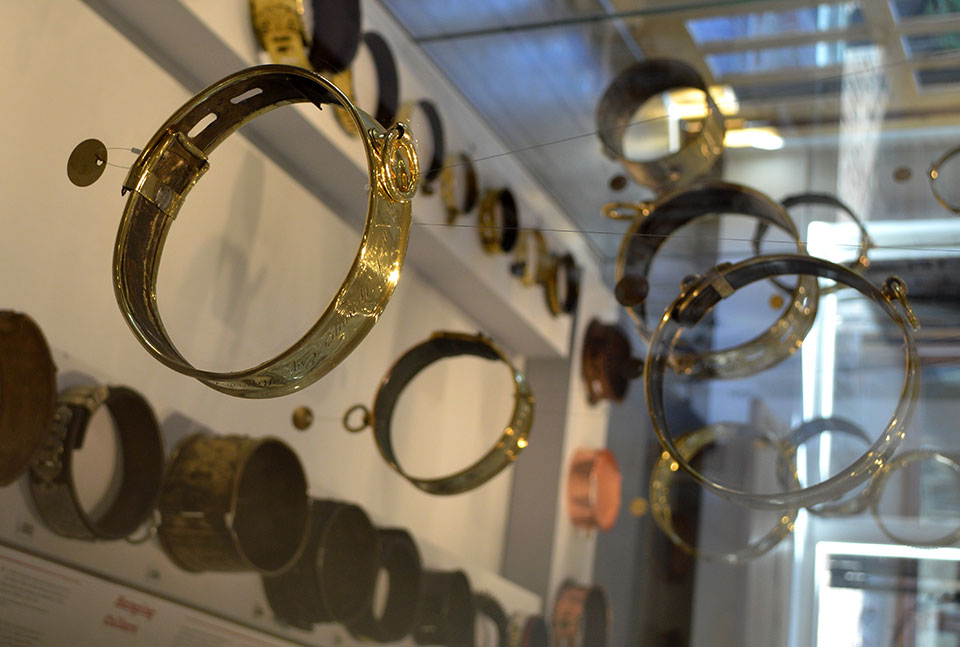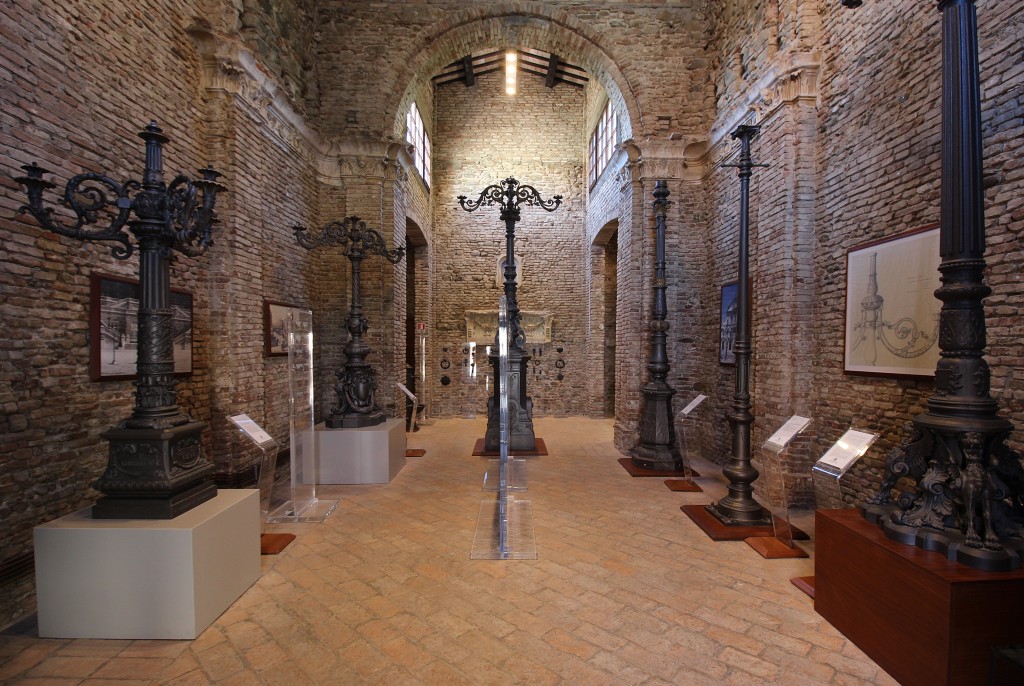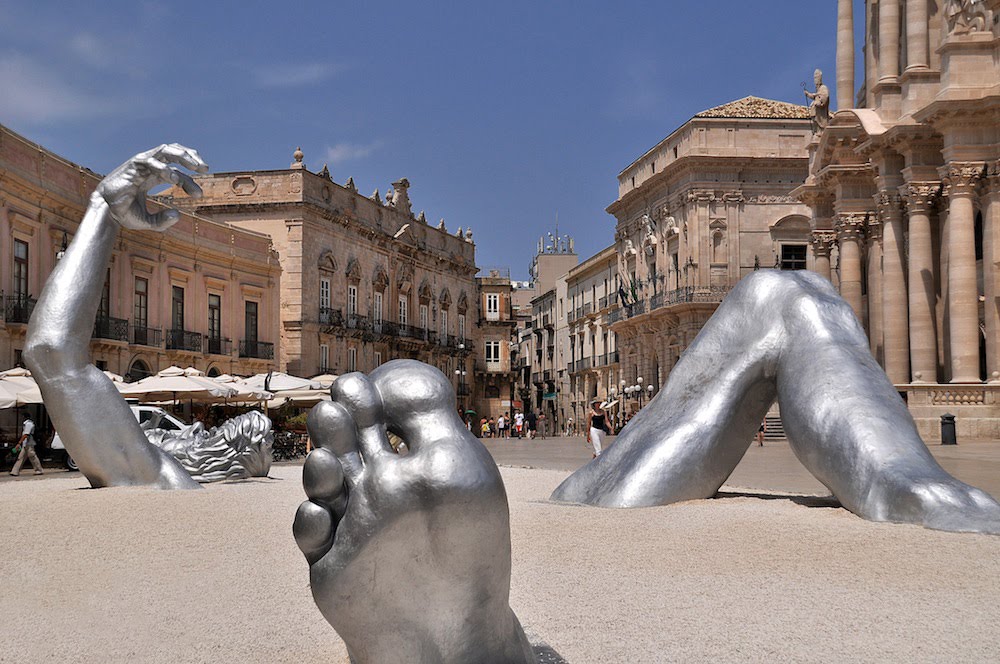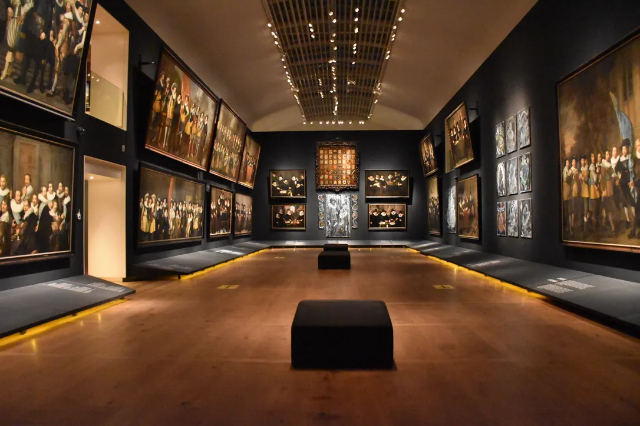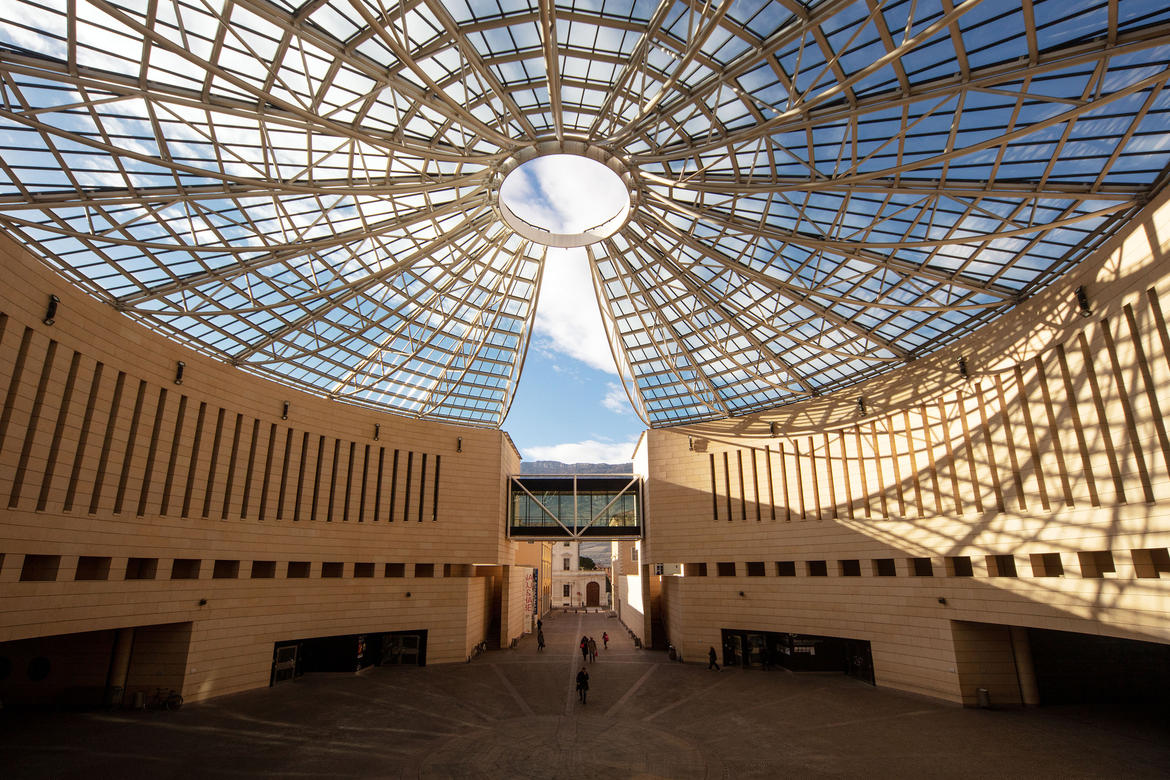Tucked inside imposing Leeds Castle, Kent is one of the world’s most diminutive and eccentric museums: the Dog Collar Museum. Since 1976, this tiny collection, housed in the castle’s former stable, has displayed an eclectic array of objects.
From collars with so many spikes they look like instruments of torture to an intricately-decorated collar that includes the family’s coat of arms, these accoutrements of dog ownership give an excellent idea of how people have spoiled their pets for more than 500 years.This unique collection consists of nearly 100 collars that were collected by Irish medieval scholar John Hunt and his wife, Gertrude. Extended by the Leeds Castle Foundation, the collection has pieces that span history from medieval to Victorian times.
In the 15th, 16th, and 17th centuries, the forests of Europe were full of predators that were happy to rip out the throats of the hunting dogs that entered their territory. To protect their faithful companions, hunters would fit the dogs with thick iron collars covered in impressive spikes.
Another intriguing period for the currently mundane pet staple was the 18th century, when they became more decorative and less functional – baroque leather embellished with metalwork and velvet, sometimes bearing the arms of royal owners.
